




In modern teeth whitening systems, unexpected sync disruption coupled with tray deformation may signal deeper technology failures rather than isolated mechanical errors. As oral care device manufacturers, understanding these linked issues is essential to prevent compromised treatment outcomes and product recalls.
Sync disruption typically refers to the loss of synchronization between:
This breakdown in coordinated functions leads to inconsistent energy delivery and uneven whitening results, causing both user frustration and product inefficiency.
Tray deformation involves the distortion of the whitening tray’s shape, often due to:
Deformed trays disrupt gel distribution across teeth surfaces and compromise physical fit, directly impacting whitening performance.
Yes. Tray deformation can indirectly trigger sync disruption:
Thus, mechanical deformation and digital sync failure are not isolated—they are interconnected points of tech failure.
Root causes include:
Failure to address any of these factors invites both sync disruption and tray deformation into your production line.
Manufacturers should adopt a multi-level prevention strategy:
Additionally, structured durability testing cycles can reveal design flaws early, preventing failures before market launch.
In conclusion, when sync disruption and tray deformation co-occur, the problem is not user mishandling—it’s a technology failure rooted in design oversight. Addressing material choice, thermal management, and system synchronization at the engineering level ensures reliable, high-performance whitening devices.
Is your whitening tray system optimized against these risks? Consult our engineering experts to explore anti-deformation designs and robust sync control solutions tailored for long-term commercial success. Contact Kiwibird
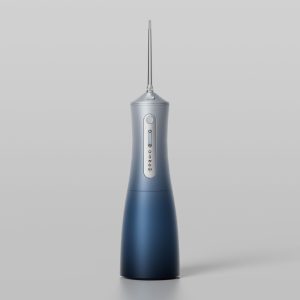
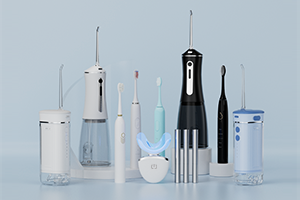
.jpg)
Is an RV travel essential kit complete without an RV power toothbrush?

Pressure Sensor Failure with Taste Distortion – Related?

Hose Leakage Leading Mucosal Lesions – Double Damage?

Occlusal Interference Plus Jaw Fatigue – Design Flaw?

What Competitive Oral Care Products Are Needed in the Highly Competitive Dental Care Market?
.jpg)
How to Build a Differentiated Oral Care Brand?

How Can You Turn Your Users into Loyal Users of Your Oral Care Brand?
.jpg)
Which Product Functions and Performances of Water Flossers Are Users Most Concerned About?
.jpg)
Oral Irrigator UVC Portable OEM Available
Specification Model Name: PTR-X3 Material: PC, ABS Battery type: 1100 mAh lithium battery Rated voltage: DC 3.7V Fully Charged: ≤6H Product Size:221x64x45mm Waterproof: IPX8 Frequency: 1800.jpg)
Travel Size UVC Oral Irrigator OEM Available
Specification Model Name: PTR-X3 Material: PC, ABS Battery type: 1100 mAh lithium battery Rated voltage: DC 3.7V Fully Charged: ≤6H Product Size:221x64x45mm Waterproof: IPX8 Frequency: 1800-3-scaled.png)
Household Teeth Whitening Device Custom LOGO

electric toothbrush heads Deep Clean
Regular Soft Bristles 6mil (0.152mm)Dupont Tynex Brilliance Bristles Conveys sonic vibration effectively 80% End-rounded rate Clean while doesn’t damage enamel Color Reminder Pedex Reminder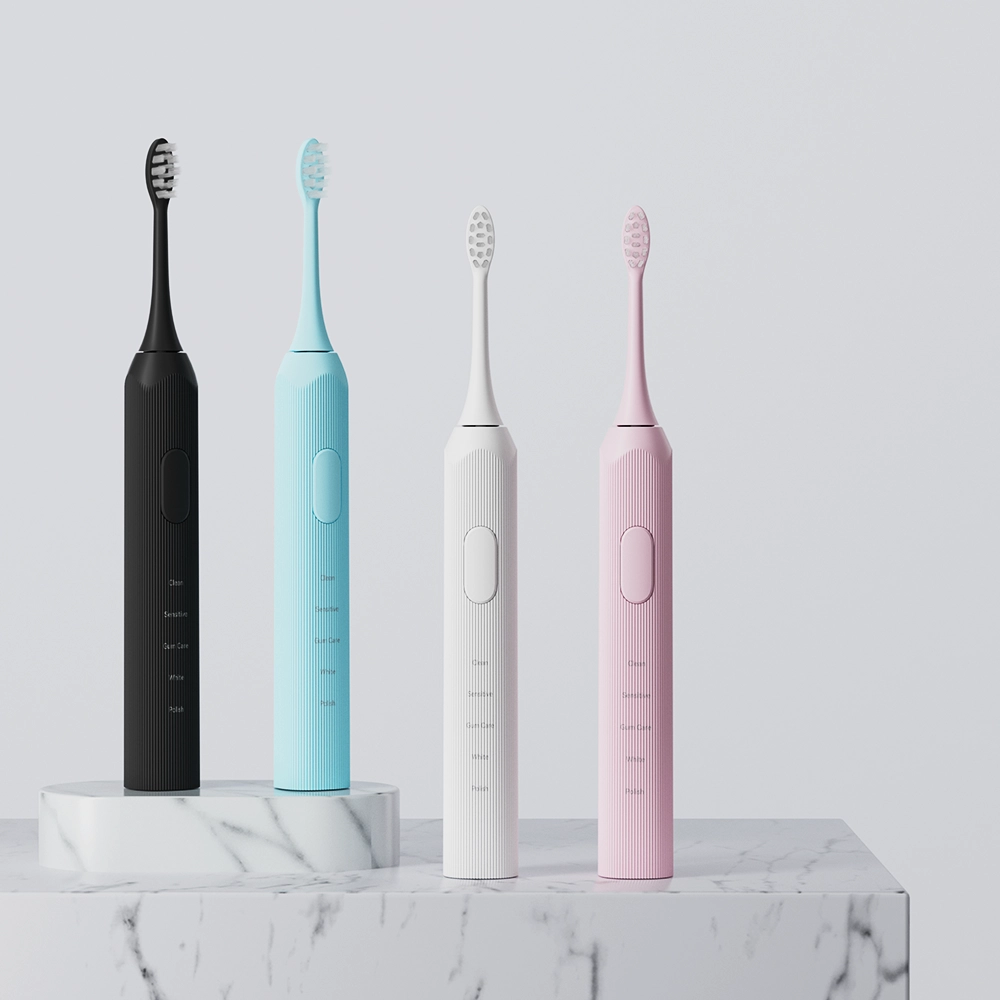
Powered Sonic Electric Toothbrush Anti-slip
.jpg)
Electric Toothbrush OEM Custom Logo
.jpg)
Electric Toothbrush Customized Logo Rechargeable USB-C
.jpg)
Customizable Kids Electric Toothbrush
.jpg)
Children Powered Toothbrush Customizable

electric toothbrush heads Regular Clean
Regular Clean Brush Head 6mil (0.152mm)Dupont Tynex Classic Bristles. Conveys sonic vibration effectively 80% End-rounded rate, Clean while doesn’t damage enamel Color Reminder: Pedex Reminder
LED Sonic Electric Toothbrush Available for Customization
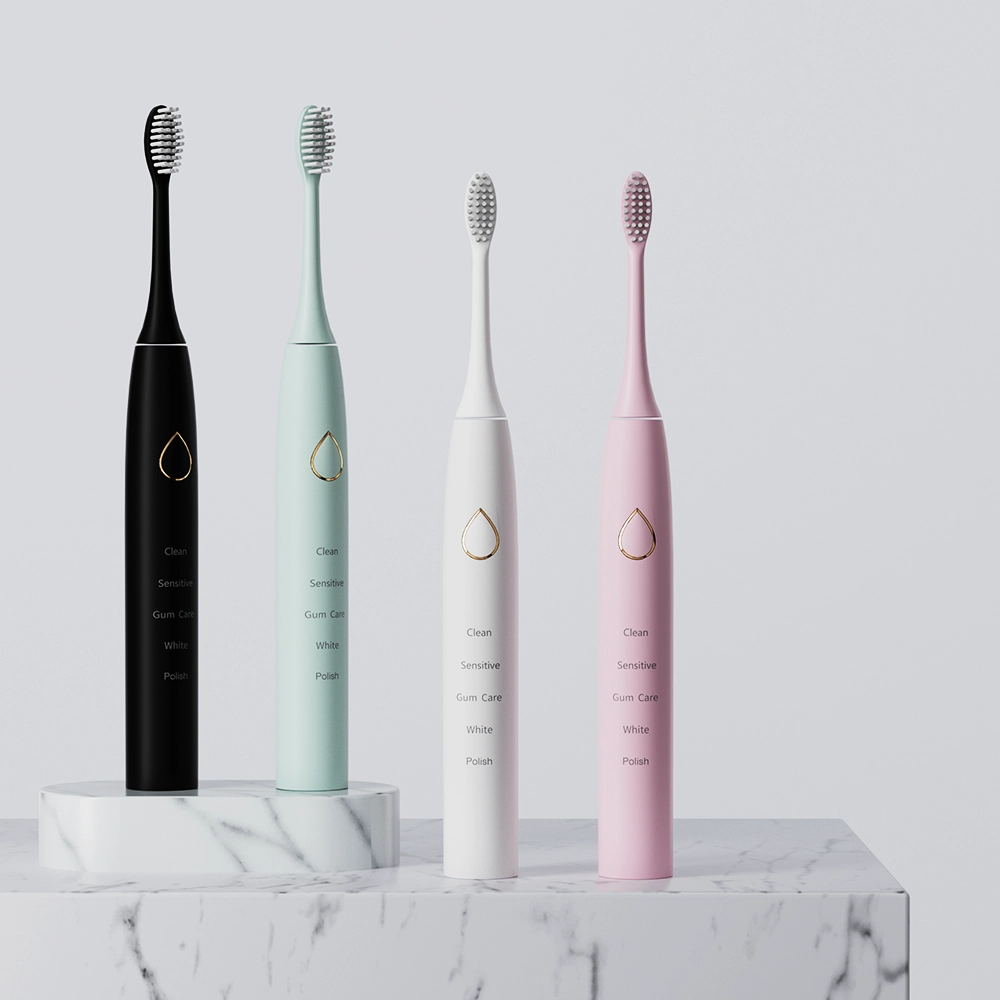
Custom Logo Private Label Sonic Toothbrush
.jpg)
Custom Private Label Electric Toothbrush
.jpg)
Customized Powered Smart Toothbrush Three Modes
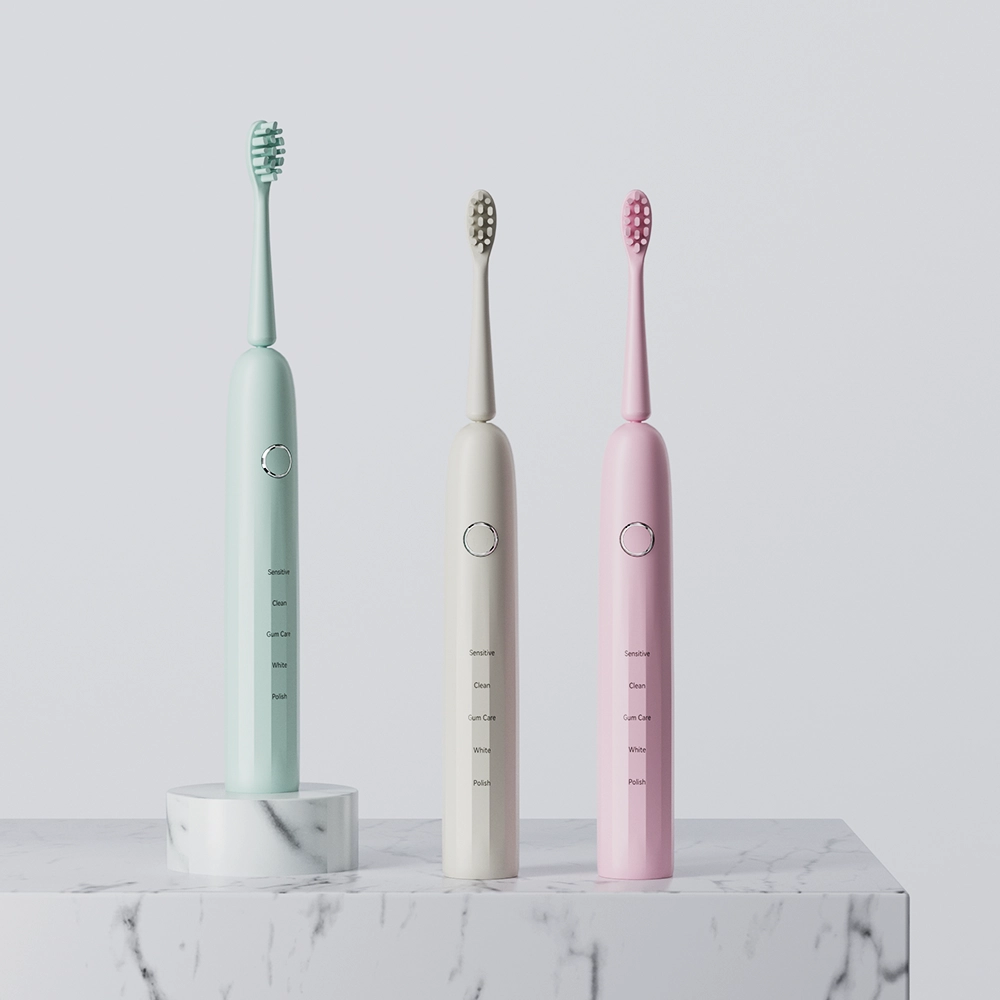
Customizable Sonic Electric Toothbrush Rechargeable
.jpg)
Sonic Electric Toothbrush Customizable High Quality
.jpg)
Wholesale Smart Sonic Electric Toothbrush
-2-scaled.png)
Private Label Teeth Whitening Accelerating Light
.jpg)
Sonic Toothbrush Smart Timer Private Label
.jpg)
Florida Electric Toothbrush – Powsmart PTR-C8
Customer satisfaction
We prioritize customers' satisfaction by providing exceptional service and support.
sincerity
We are committed to upholding the highest ethical standards in all aspects of our business.

.jpg)
A sonic toothbrush is an advanced type of electric toothbrush that uses high-frequency vibrations to clean teeth.
.jpg)
A smart toothbrush is an electric toothbrush that connects to a smartphone app via Bluetooth.
.jpg)
Electric toothbrushes remove plaque more effectively than manual brushes, promoting better oral health.
Your professional source for private label electric toothbrushes
Your Vision, Engineered by Our Professional R&D. From concept to cutting-edge electric toothbrush.
Perfect Your Electric Toothbrush with Our Precision Sample Development. Let's align vision and reality, sample by sample.
Streamline your supply chain with our high-volume electric toothbrush manufacturing.
Wholesale electric toothbrushes of all types—for every market, every customer.
Our fast worldwide delivery gets your electric toothbrushes to shelves faster.
Our electric toothbrushes are manufactured under advanced ISO9001 & medical-grade ISO13485 standards.
Your most cost-effective electric toothbrush source—quality assured.
If a product is hot, there is a good chance Relish already has it in stock, just waiting for your label.
Get a Sample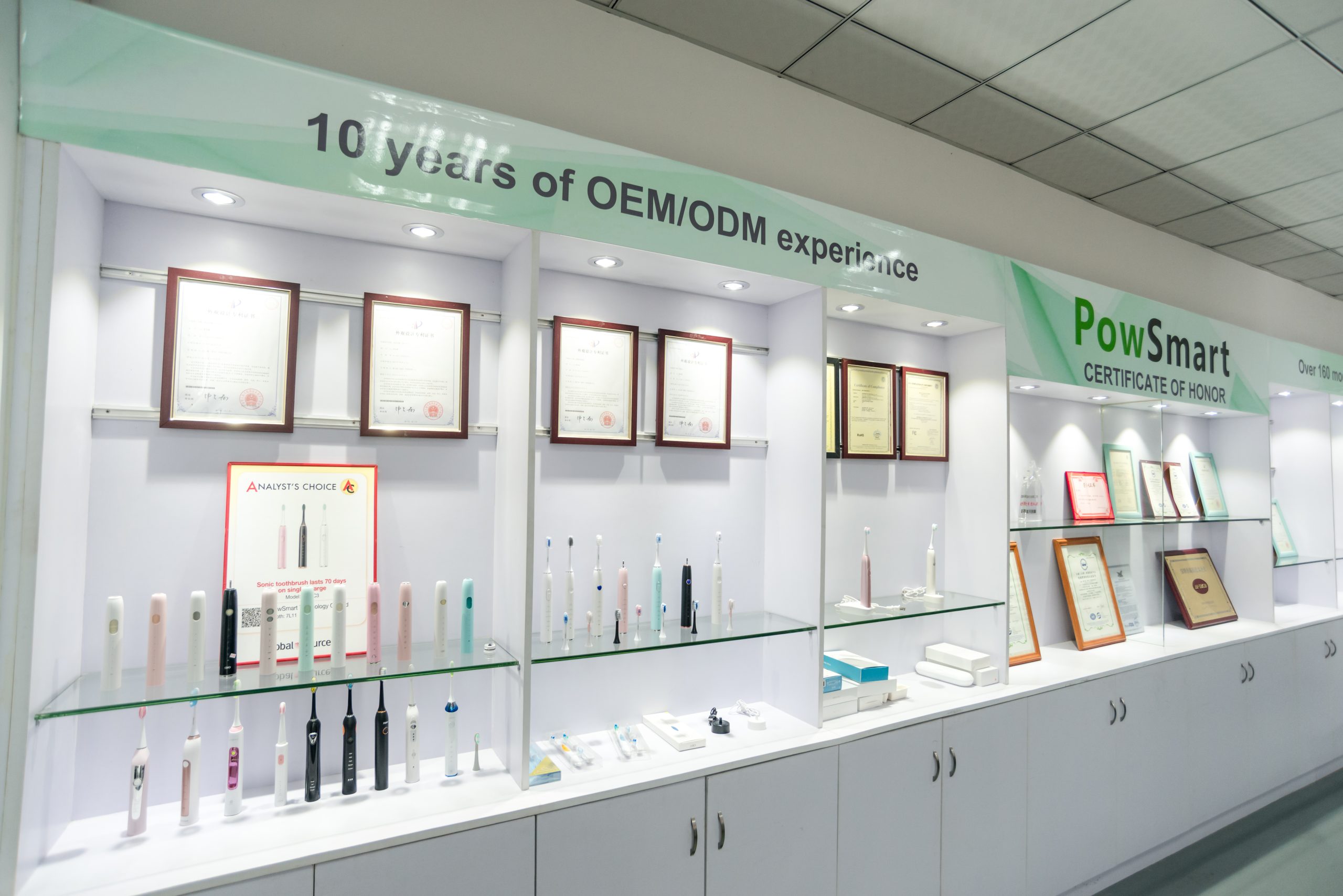
We arexporting our products globally from which the most well-known partners are Walmart, BestBuy, Honeywell, Target, Haier and Xiaomi.

Relish is ISO9001, ISO13485, BSCI certified, and FDA registered, with lots of certifications such as CE, CB, ROHS, CETL, FCC, PSE, SGS, ERP, LFGB, and Reach etc.